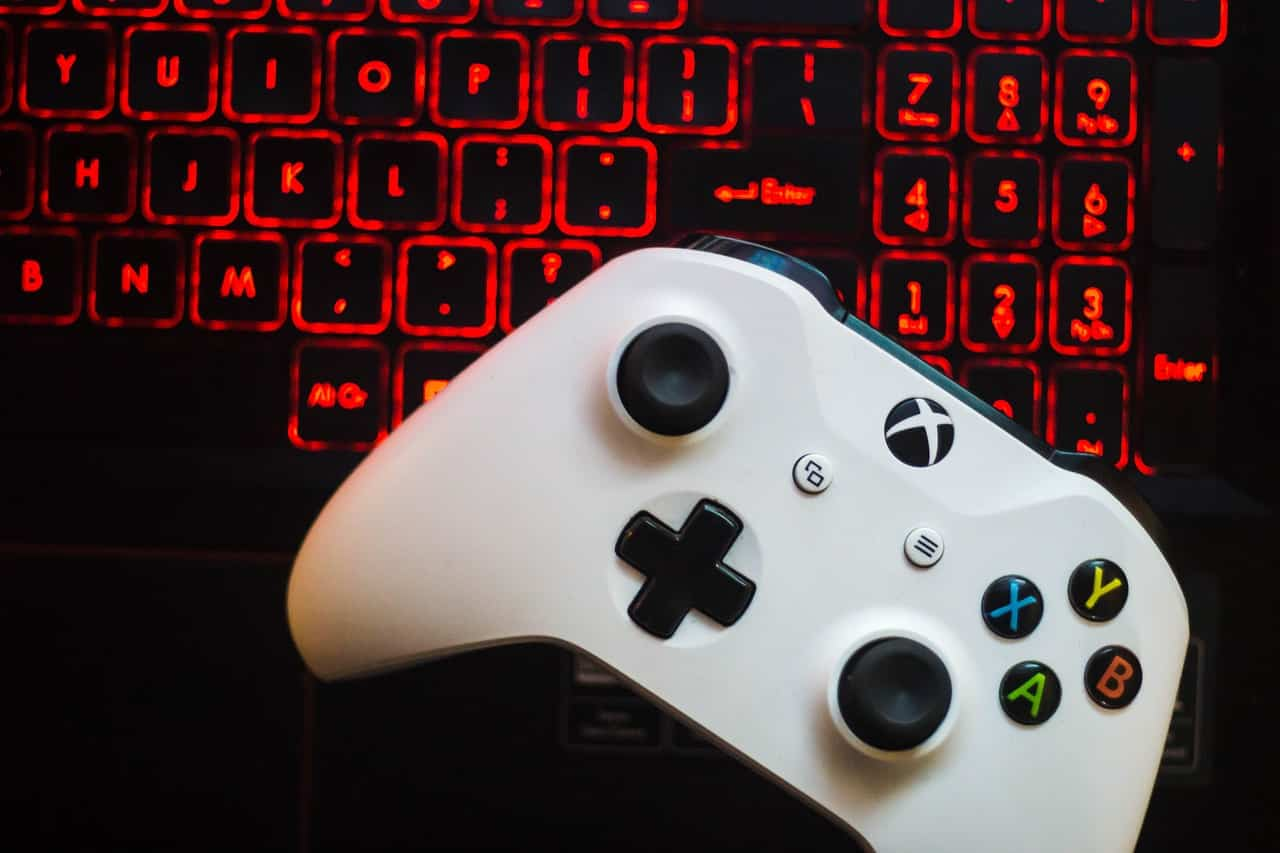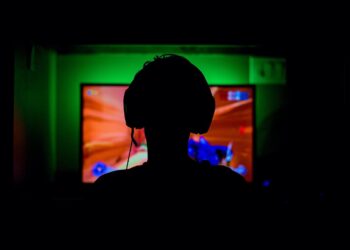PC upgrade or new console? What should I spend my money on in the fall? Get myself a Zen 3 and a new RDNA2 or Nvidia Ampere-based graphics card? Or spit on the PC and buy a new console? The humour is that the choice between the PS5 and Xbox Series X, despite all the controversy between fans of both camps, is actually a simple one. But whether to take the console or prefer the PC – there are some unobvious pitfalls here. Anyway, I thought I’d share my thoughts and would welcome comments.
I’m first and foremost a PC gamer, and I’m speaking from the perspective of a PC gamer. I’ve been playing PC since the late nineties, first bought a console in 2014 and it never became my main gaming platform. Now it’s time to upgrade the hardware on my home gaming computer and I’m looking towards consoles again. Why is that?
I’m comfortable playing on a PC and fiddling with it doesn’t stress me out, especially since there’s no fiddling at all these days. After all, I know that Microsoft releases all their games on PC, and recently even on Steam at regional prices. And I generally don’t get the top Sony exclusives, so I can do without them just fine, and if I can’t, I have the option of borrowing a friend’s PlayStation for a month or two. Why seem to bother with the console in the first place?
I’m confused by the architecture of the new consoles, primarily the organisation of the memory system, and how it might affect PC gameplay. There is speculation that if game developers start realising the full potential of the new consoles memory system, PC system requirements could rise very seriously. But the question is whether and how much they will start to do so…
So how are the new consoles different from the PC?
So, the main architectural features introduced in the new consoles, which modern gaming PCs are deprived of and which, in my opinion, can play an important role:
a high-speed NVME SSD, something not every gaming PC these days can boast, even those home PCs that do have an SSD are often equipped with relatively slow SATA models
Hardware data decompression, which averages 1.5 to 2 times the transfer rate of an already fast SSD
Direct loading of data into the video memory, bypassing the RAM intermediate stage as on PCs
New technologies reducing the required amount of video data by optimizing rendering algorithms, such as Sampler Feedback Streaming, Variable Rate Shading, Primitive Shaders, Mesh Shaders, etc.
All of these goodies increase memory utilization dramatically, allowing you to do with less memory and fill a scene with far more detail than was previously possible.
A high-speed SSD lets you load data into memory faster, so you can hold less data in memory.
Hardware decompression speeds up data transfer to disk by allowing compressed data to be transferred and decompressed on the fly without the need for a CPU. This is especially important for texture data that can be compressed up to two times, such as on the Xbox Series X using the specially developed BCPack algorithm.
Diagram of the SSD data exchange block on the PS5
Loading data directly into the video memory is not a new thing for consoles. Both current and previous generations of consoles are built on this principle – they have a single undivided memory pool which is used simultaneously for video and all other data. Whereas on the PC the video data from the hard drive is first loaded into RAM and from there into the graphics card memory. This, in turn, significantly increases the need for RAM, which in this case serves as a buffer.
And lastly, there are all sorts of tricky technologies to reduce the amount of data needed. They minimize the use of GPU resources and video memory idle, preventing downloading of picture details that will not be visible on the screen. The technologies listed above, such as Sampler Feedback Streaming, Variable Rate Shading and Mesh Shaders, are part of DirectX 12 Ultimate and will also be available on PC, but whether developers will be able to leverage them in PC versions of games at the same time as console versions is a question. And will they be, considering that not all PC’s will be equipped with graphics cards with support for the latest version of DirectX.
As a result, all other things being equal, the memory size, required for the game with the above mentioned features on next-generation consoles and without their usage on PC, can differ greatly. Sampler Feedback Streaming technology alone can reduce the amount of textures loaded in memory by 2.5 times according to Microsoft estimates.


